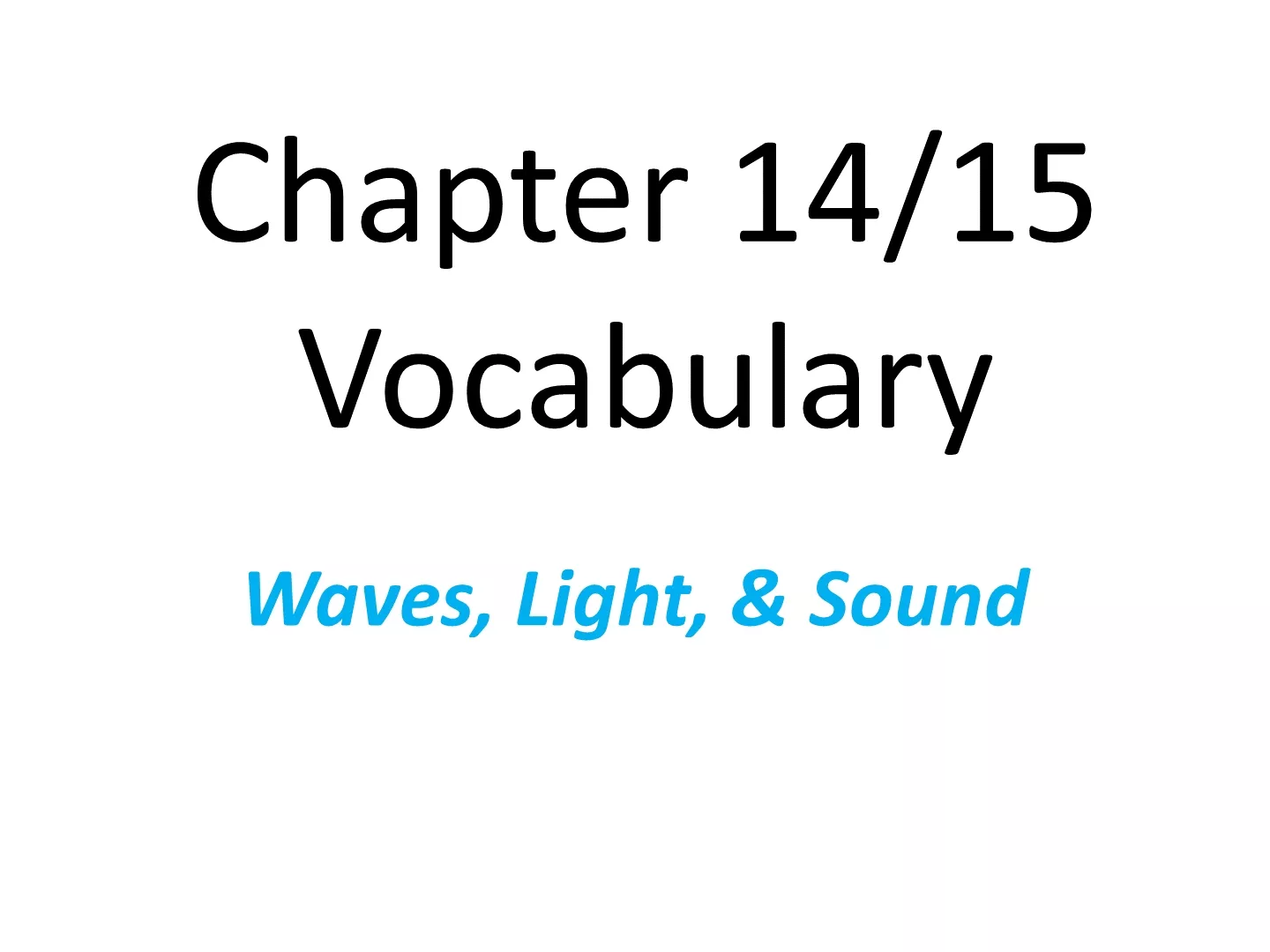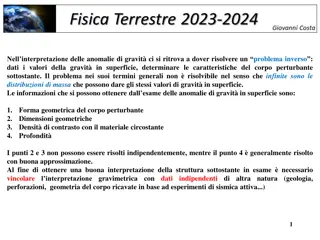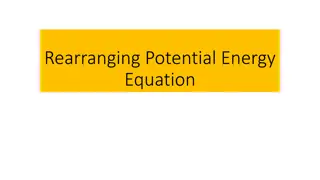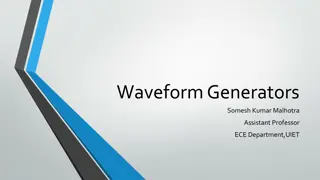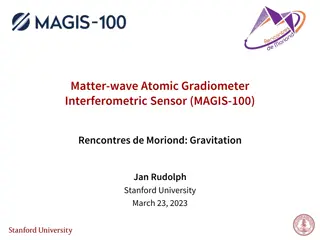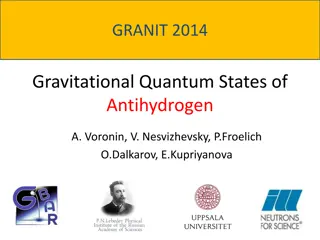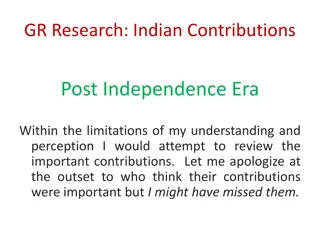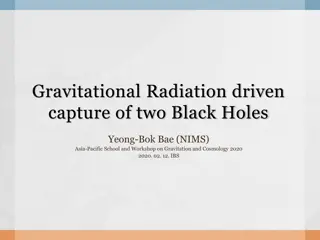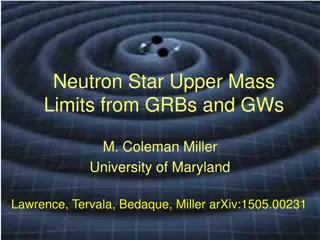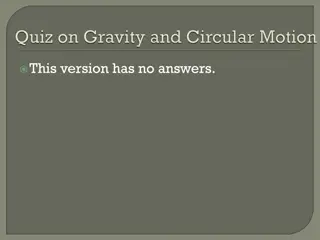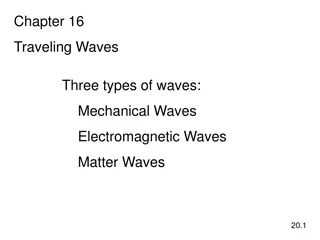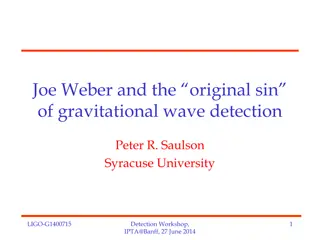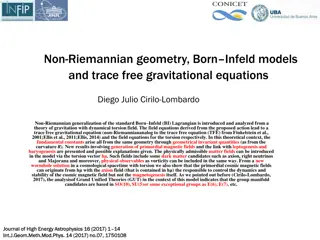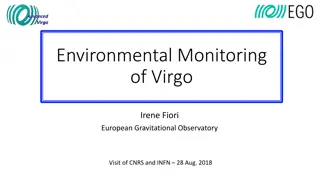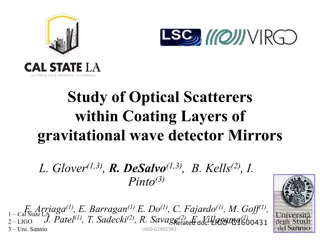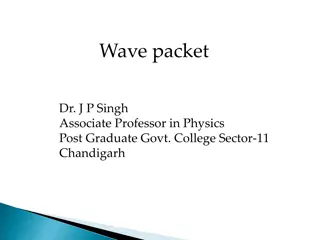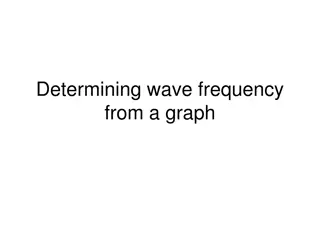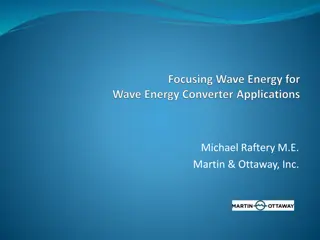Future of Ground-Based Gravitational Wave Research Strategy
Strategy elements include strong observing and technical development programs, focusing on known, predicted, and unexpected sources while pushing the limits of technology. Evolution of science, possible future directions, science politics, and strategies for prioritizing research are also discussed.
Download Presentation

Please find below an Image/Link to download the presentation.
The content on the website is provided AS IS for your information and personal use only. It may not be sold, licensed, or shared on other websites without obtaining consent from the author.If you encounter any issues during the download, it is possible that the publisher has removed the file from their server.
You are allowed to download the files provided on this website for personal or commercial use, subject to the condition that they are used lawfully. All files are the property of their respective owners.
The content on the website is provided AS IS for your information and personal use only. It may not be sold, licensed, or shared on other websites without obtaining consent from the author.
E N D
Presentation Transcript
Elements in the strategy for the future of ground based gravitational wave research R. Weiss Dawn II Meeting Georgia Institute of Technology July 8. 2016
The elements of the program Strong observing program Known and predicted sources The dark sky and unexpected sources The known sky in new ways The correlations with E&M and particle astronomy Strong technical development program Unique relation of the science to the sensitivity Instruments operating at the limit of technology Strong analysis program
An example science evolution Black holes Distribution of masses and spins vs z and astrophysical setting Origins collapse of ordinary stars product of the first stars dynamical formation Primordial Precision tests of GR Cosmology with black holes Cosmic metric and derivatives H and w with different systematics Large scale structure of the universe Consistency of cosmological parameters
Possible future of ground based work Near term 5-10 years Operating costs: LIGO lab $40M/yr , LSC $10M/yr New detector components in 4km facilities ~$30M -$100M Longer term > 10 years Refurbishment of 4km facilities ?? 25 year lifetime New facilities allowing improved sensitivity Longer 40km L and or buried triangle ~ $1B
Science politics What disciplines are interested in the science Astronomy: populations, evolution, specific systems, supernova, cosmology Physics: Strong field GR tests in understandable systems, gravitation on large scales, consistency of cosmological solutions, nuclear physics: equations of state , r process heavy element formation, supernova, wave kinematics Would gravitational wave research be a priority for either discipline? Enough for $1B?
Strategies Require a reputable scientific group (not only in GW research) to establish priorities for the science. Example: the Sessler-McDaniel panel in 1986 If astronomy: need to be part of Decadal Study in 2020 (begins in 2018) CMB, pulsar timing and space based are in Decadal Ground based would be competing with many large projects Astronomy is already having trouble supporting the operations of its facilities If Physics: no longer Decadal Studies, does not fit into HEPAP Need a NRC panel to review the field in late 2017 or early 2018 Full spectrum: CMB, pulsar timing, space based, ground based Both physics and astronomy representatives Scientists (not all in our field) to evaluate the importance of our science, the technology and costs Why a NRC panel Need the authority of the NAS to convince congress Useful in the approach to private donors
What needs to be done Establish the charter for such a panel Prepare the science case for successive sensitivity improvements by factors of ~3 indicating where the breakpoints are demanding new facilities Indicate broadly the technical changes associated with increments in sensitivity Estimate approximate costs and schedules for the sensitivity improvements
Report to the NSF Panel on interferometric observatories for Gravitational waves January 1987
A. Sessler B. McDaniel R. Garwin
A. Sessler B. McDaniel R. Garwin


